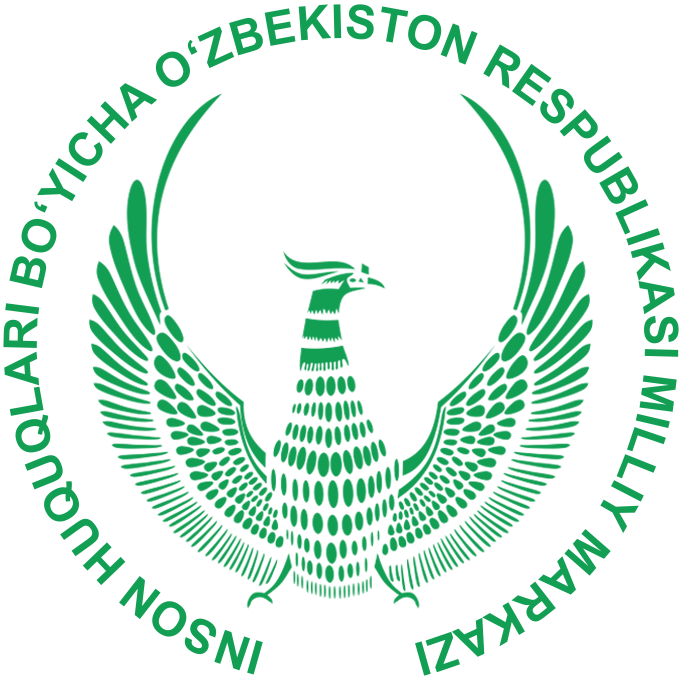The President of the Republic of Uzbekistan and Chairman of the National Olympic Committee, Shavkat Mirziyoyev, chaired a video conference meeting to discuss the development of the Olympic and Paralympic movement, the advancement of adaptive and mass sports to a new level, and the promotion of physical activity among the population.
Every parent and every nation aspires to raise a physically and spiritually developed generation – goals that cannot be achieved without systematic physical education and sports. Sports serve as the foundation of a healthy nation and the pillar of a strong generation.
In this regard, the state pays special attention to the development of the sports sector. Over the past four years, the amount of state budget funding allocated to sports has increased from 1.5 trillion to 3 trillion UZS, and the average salary of coaches has doubled. 101 major sports facilities have been built, and 67 facilities have been reconstructed. The achievements of Uzbekistan athletes at the Paris Olympics serve as a vivid testament to the effectiveness of these measures.
The new goal is to secure a place among the top ten national teams at the 2028 Olympic Games in Los Angeles. It is necessary to strengthen training programs and develop sports federations to achieve this.
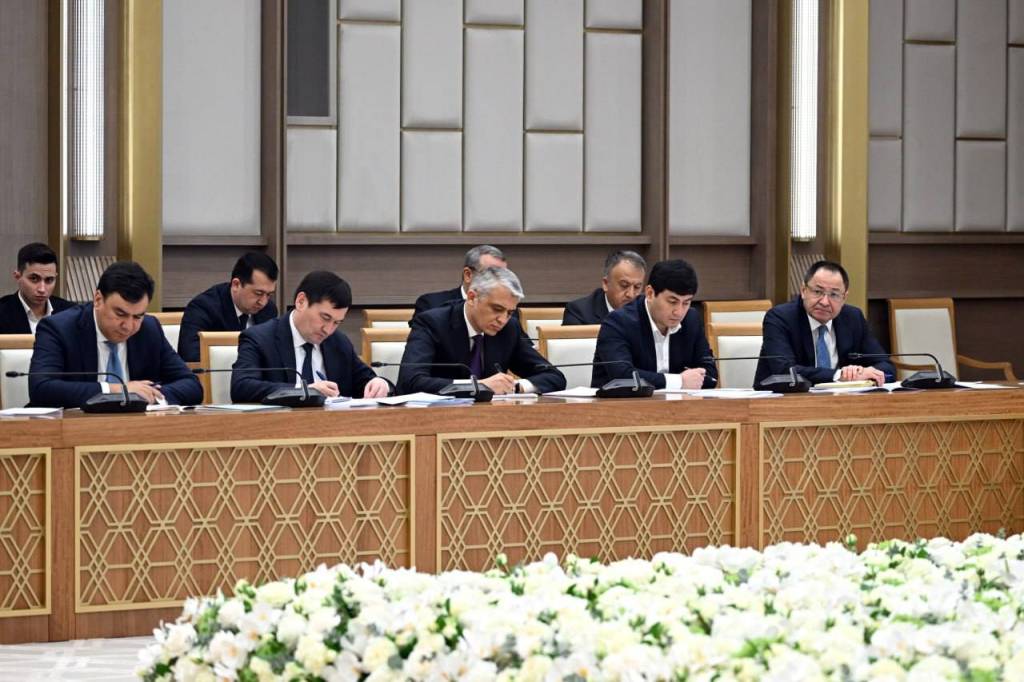
These issues were reviewed at the meeting across 26 sports federations and regions.
At the last Olympic Games, athletics, which includes 48 disciplines, secured only five licenses, while aquatic sports, comprising 49 disciplines, obtained just four. Additionally, athletes from Karakalpakstan, Jizzakh, Kashkadarya, Navoi, Namangan, and Syrdarya regions demonstrated weak results.
In response, a decision was made to establish a new system for identifying and training talented youth in Olympic sports and incentivizing athletes and coaches. The Head of state announced a series of initiatives in this area.
First and foremost, regional branches of the Olympic Committee will be established to develop the Olympic and Paralympic movement and improve the selection system. Just as the President heads the National Olympic Committee, regional branches will be led by the governors of the respective regions. In collaboration with each sports federation, these regional branches will develop a strategy for Olympic preparation, and 300 billion UZS will be allocated to create the necessary infrastructure and conditions.
Additionally, efforts will be made to incorporate advanced international experience and attract grants. Athletes and coaches will undergo training at foreign sports academies, and sports disciplines will be categorized into three priority groups based on previous Olympic and Paralympic Games results.
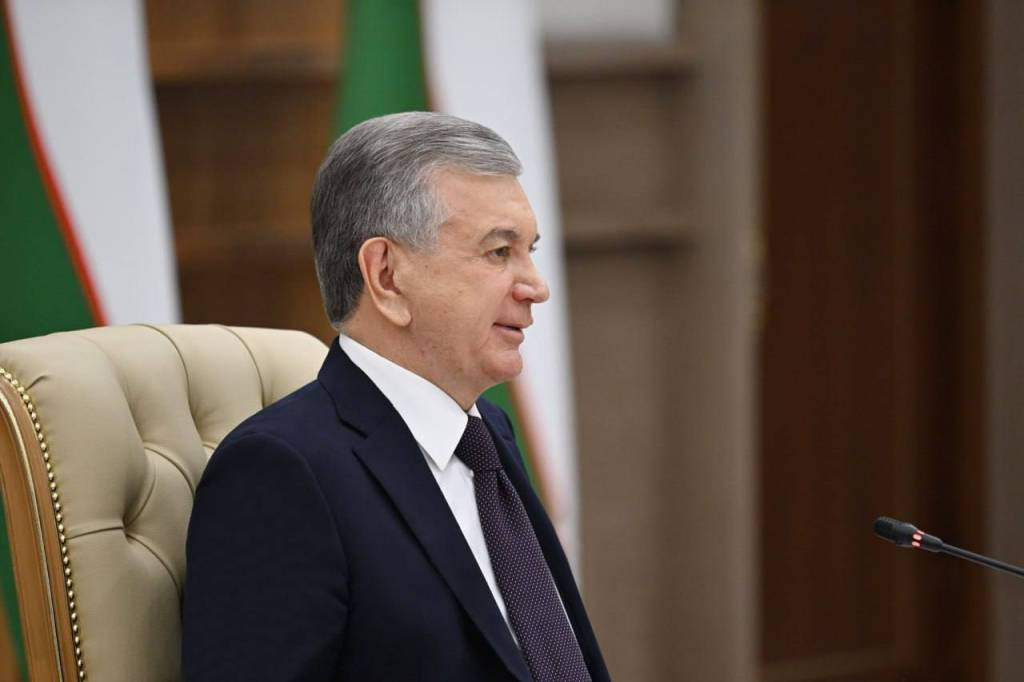
The importance of transforming 310 regional sports schools into a selection base for national teams was emphasized, with new methodologies and approaches to be implemented. Furthermore, 56 sports schools adapted for Olympic sports will serve as the central reserve, where young athletes selected at the regional level will receive targeted training through individualized programs.
Additionally, twice a year, regions will host competitions in Olympic sports under the name “Olympic Peaks of New Uzbekistan”. Local and regional winners will receive incentives from regional governors. In contrast, winners of the regional stage will earn the right to compete in the “Presidential Olympics”, held in December at the Olympic Village.
Winners of these competitions will be awarded valuable prizes, including housing, cars, and other rewards. Athletes who secure the top two positions will be admitted to the national Olympic and Paralympic training centers, while first- and second-year university students will receive scholarships.
The President also emphasized the importance of not only supporting national team athletes and coaches who achieve high results but also recognizing and incentivizing the first coaches who nurtured these athletes from the start.
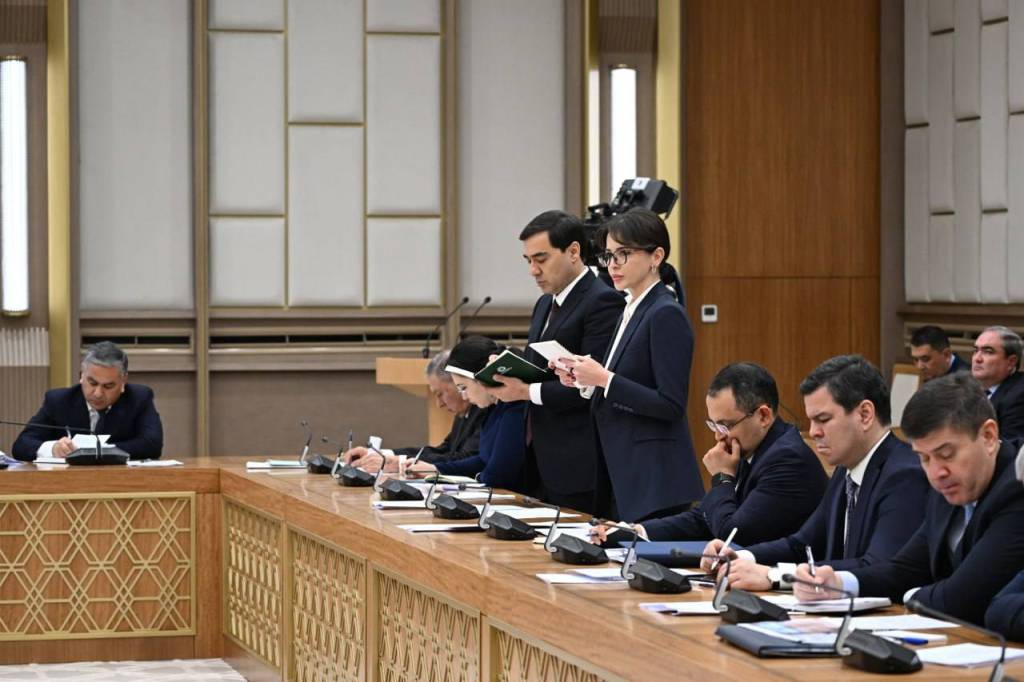
Special attention at the meeting was given to the development of Paralympic sports.
Previously, sports clubs for youth with disabilities operated in 33 schools, but today, the number of such schools has reached 235. The number of individuals regularly engaged in para-sports has quadrupled, now exceeding 7,000 people.
In collaboration with the Russian State Pedagogical University named after A.I. Herzen, scientific methodologies and standards will be developed to involve youth with disabilities in sports. A separate faculty of adaptive sports will also be established at the university’s branch in Tashkent.
Furthermore, 39 sports schools across the regions will specialize in Paralympic sports. Special conditions will be created for young people, especially girls with disabilities, to participate in regular sports sections. The certification process for coaches and their retraining will also be simplified.
The process of forming national Paralympic teams will also be revised: selection will be based not only on competition results but also on fulfilling specific sports performance standards. A special online platform is planned to be developed to monitor the progress of athletes with disabilities.
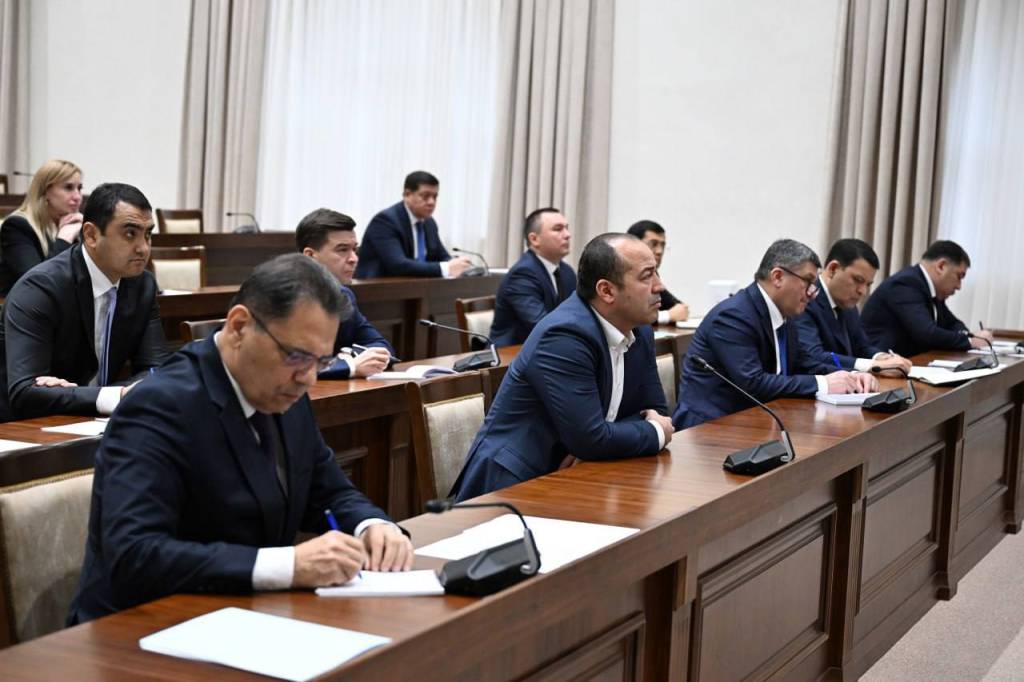
An integrated competition system will be introduced to organize sports events, ensuring that Olympic and Paralympic competitions are held simultaneously at the same venues. This approach will create a genuinely inclusive sports system, providing athletes with disabilities a greater sense of confidence and support.
It was also noted that the sports sector presents vast opportunities for the private sector. Moving forward, a unified registry of private sports clubs will be established, along with specific operational criteria for these clubs. Private clubs will receive free sports equipment depending on their scale and reach. Additionally, private coaches will be granted self-employment status.
Young athletes from private clubs can compete under their club’s name, allowing national teams to recruit talent based on competition results.
Instructions were given to broadly integrate digital technologies into identification, selection, and athlete training. This initiative aims to ensure fairness and discover promising young athletes more effectively.
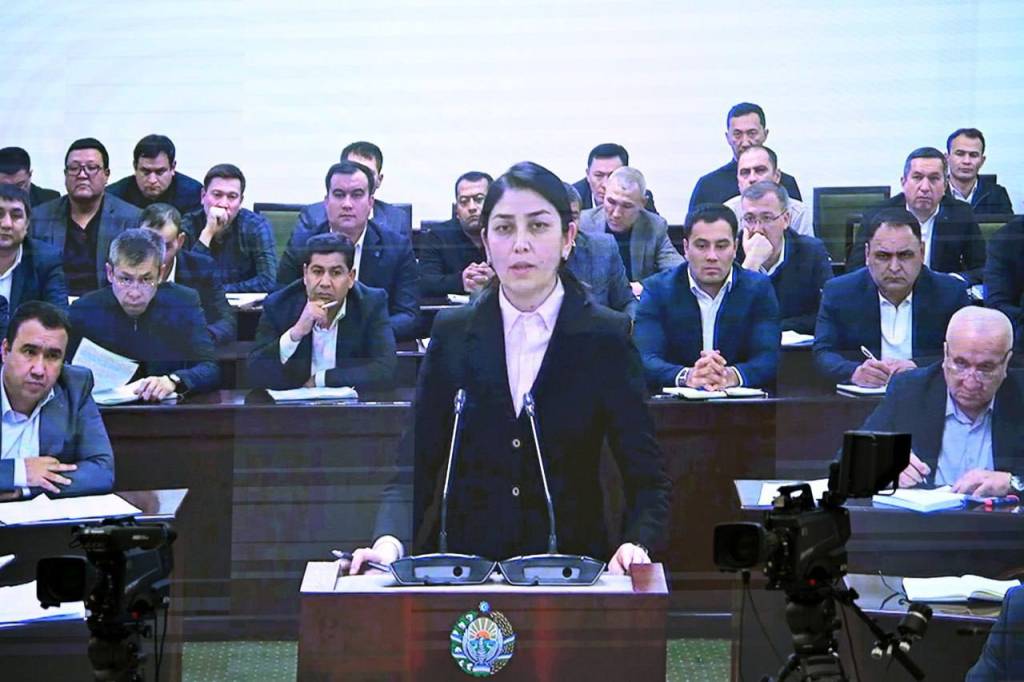
Special attention was given to the development of mass sports and the promotion of a healthy lifestyle.
Last year, youth participation in competitions reached 10 million people. However, the involvement of older generations in sports activities remains low. Mass physical activity events will be organized in mahallas, and a rating system will be used to address this. By the end of the year, the most active families will receive fitness equipment, and the best-performing mahallas will have new sports facilities built.
To encourage students to engage in sports, every school will establish Olympic sports clubs, covering individual and team disciplines. Additionally, inter-school competitions will be organized, with top-performing students being selected and schools provided with the necessary sports equipment. Physical education teachers who achieve high results will receive additional incentives.
It was noted that the country has more than 700,000 students, highlighting the importance of increasing their interest in sports and expanding participation.
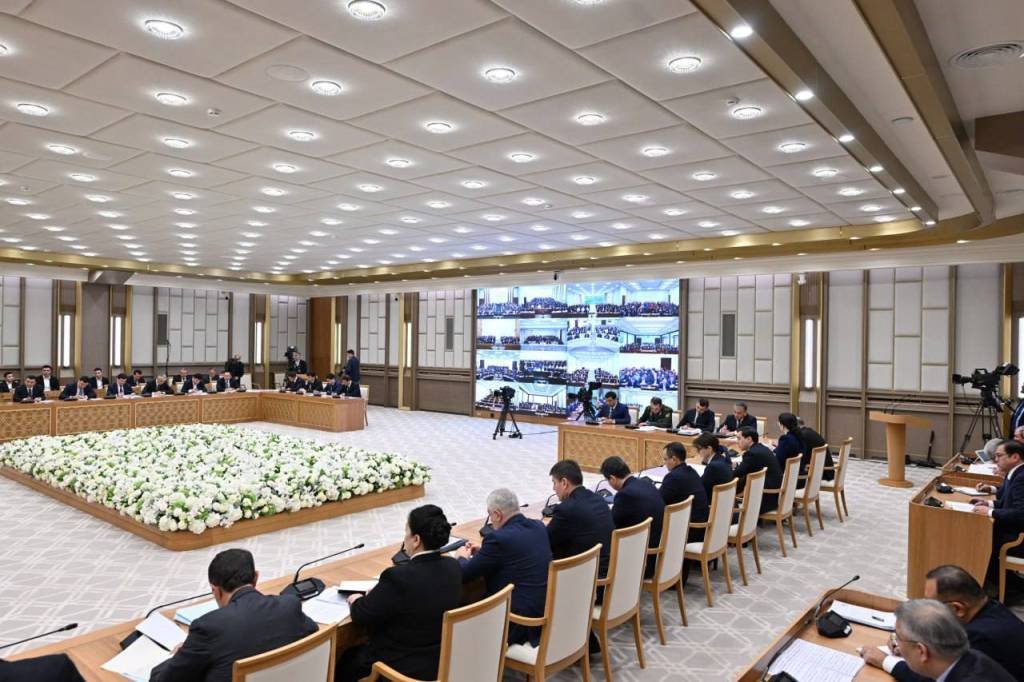
Regarding the promotion of a healthy lifestyle, it was emphasized that not only sports but also proper nutrition play a crucial role. Research indicates that 44 percent of the population leads a sedentary lifestyle, while 36 percent do not follow appropriate dietary guidelines. Consumption of dairy, grain products, and fruits and vegetables is declining, whereas fast-food consumption is rising, leading to various diseases and premature mortality.
In this regard, the idea of “A Healthy Person – A Healthy Nation” should become a nationwide movement, with the principles of proper nutrition and physical activity becoming an integral part of every family’s life.
A dialogue was held at the meeting with industry officials, regional hokims, and athletes.
UzA
- Added: 14.02.2025
- Views: 824
 Ўзбекча
Ўзбекча English
English Русский
Русский